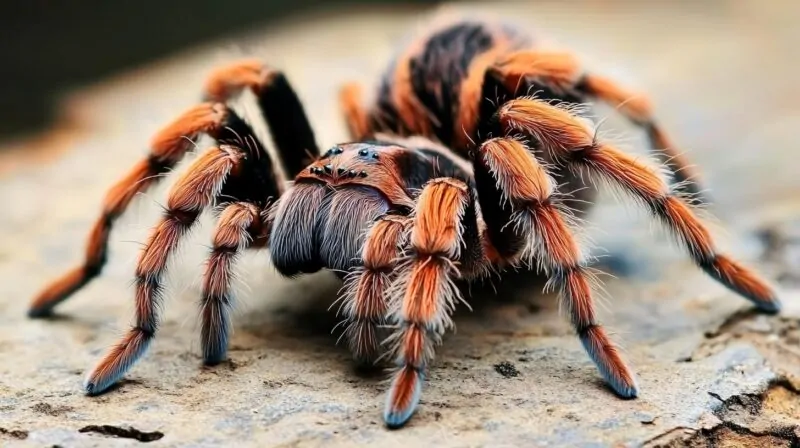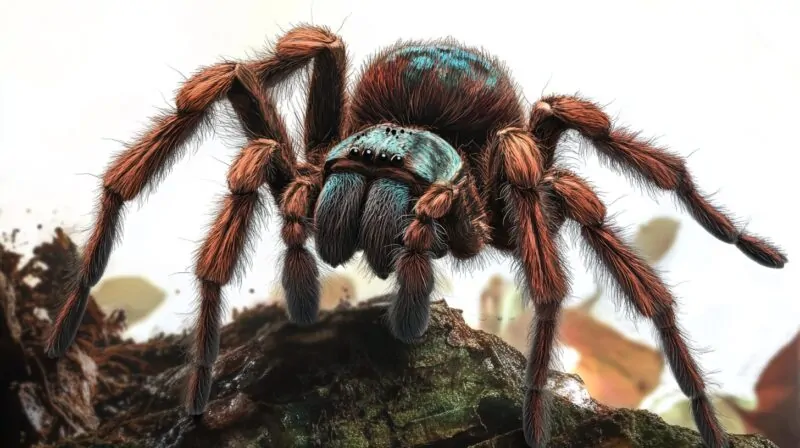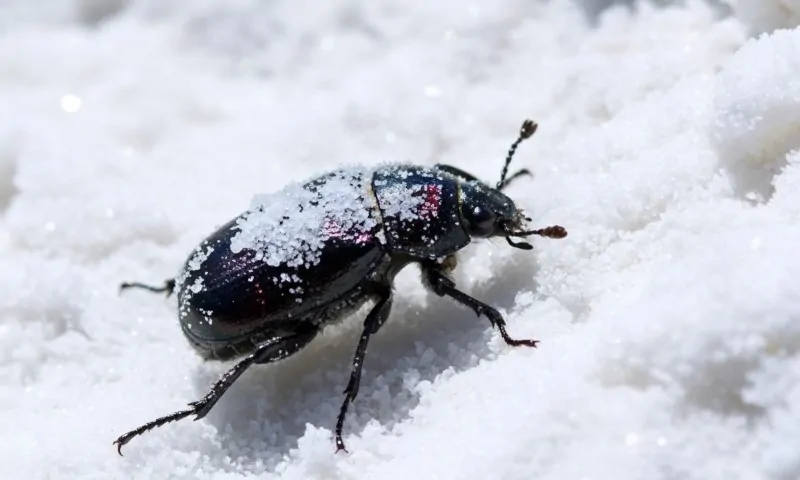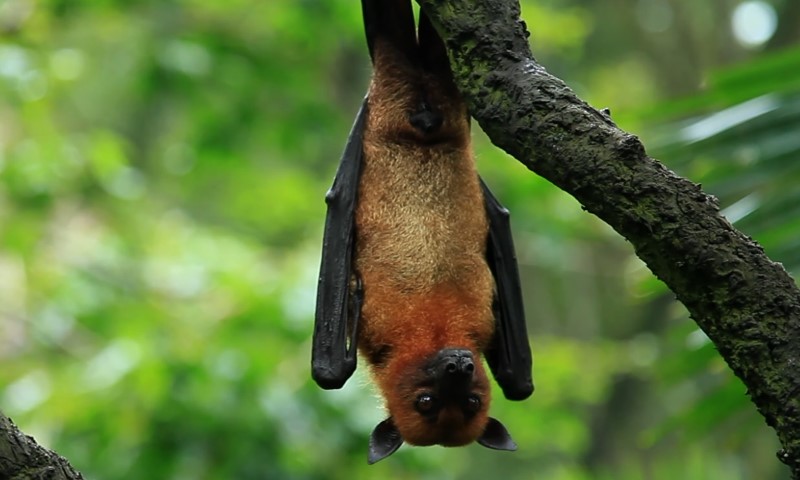The pink toe tarantula, a member of the Theraphosidae family, is native to northern South America and parts of the Caribbean.
This arboreal species uses various strategies to catch prey, including hunting, foraging, and ambushing.
Its venom is mild compared to other New World tarantulas, and it defends itself with urticating hairs.
Unlike terrestrial tarantulas, it is more agile due to its arboreal nature, making it quicker to flee or jump away from threats rather than confront them.
It rarely uses its urticating hairs for defense, opting instead to escape or avoid conflict through evasive actions
Table of Contents
ToggleHow Does It Look
The pink toe tarantula, also known as the Guyana pink toe or South American pink toe, is the type species of the genus Avicularia in the Theraphosidae family.
The genus name comes from the Latin avicula (little bird) and the suffix -arius (pertaining to), leading to the nickname “bird spiders” or “bird-eating spiders.”
When threatened, pink toe tarantulas may fling feces at attackers, adopt a defensive stance, or bite.
These tarantulas show sexual dimorphism, with females generally larger than males.
Females have a leg span of about 4.75 inches, while males measure around 3.5 inches, though some individuals can reach up to 6 inches.
They have eight legs, two pedipalps for grasping, and a pair of venomous fangs called chelicerae.
Young pink toes start out mostly pink except for dark feet.
As they mature, their bodies darken, and their feet take on a pink hue. Adult tarantulas have dark brown or black hairs, sometimes with an iridescent green sheen.
Also Read: Spiders come in various sizes, and some are so big that you will be glad you don’t live in Australia!
Behavior and Habitat

Pink toe tarantulas (Avicularia avicularia), also called Guyana pink toes or South American pink toes, are solitary, tree-dwelling spiders found in South America and the southern Caribbean.
Although generally gentle and are nota a threat, these tarantulas may resort to unique defense mechanisms, such as flicking feces or assuming a defensive posture when threatened.
Despite having urticating hairs, they cannot kick them off like other New World tarantulas.
Notably, juveniles and adults can leap short distances, typically to escape predators or surprises, an unusual trait among tarantulas.
Their arboreal nature means they thrive in trees and prefer nesting in dense foliage or tree cavities.
Although these spiders sometimes live near each other, it increases the risk of cannibalism, especially after mating events, which makes them largely solitary creatures in adulthood.
In captivity, pink toe tarantulas require vertically oriented enclosures with plenty of climbing space and good ventilation to avoid moisture build-up, which can cause bacterial growth.
Maintaining optimal conditions, including temperatures between 75-85°F and humidity levels around 65-75%, ensures their well-being.
Interesting Facts
| Fact | Details |
|---|---|
| Lifespan | Females: 6-9 years; Males: 2-3 years |
| Predators | Spider-wasps, hawks, owls, skunks, snakes |
| Defense Mechanism | Propels feces; may bite if threatened |
| Unique Behavior | Can leap small distances when startled |
| Diet | Primarily insects, occasionally small vertebrates |
| Ecological Role | Helps control insect populations, balancing ecosystems |
| Venom | Mild; poses little threat to humans |
| Egg Clutch | Females lay 50-200 eggs and guard them for 6-8 weeks |
| Legal Status as Pets | Popular in the pet trade, legal in most places but may face local restrictions |
These spiders play a critical ecological role by managing insect populations, which helps maintain the health of their forest habitats.
However, they face threats from predators like spider wasps that paralyze them to lay eggs inside.
Despite these dangers, their ability to adapt has allowed them to remain widespread throughout northern South America and the Caribbean, both in the wild and in captivity as popular exotic pets.
What Does He Eat?

Pink toe tarantulas (Avicularia avicularia) are carnivores, consuming a variety of invertebrates and occasionally small vertebrates.
These tarantulas hunt primarily at night, employing stealth and ambush tactics.
They use silk traps to detect prey and deliver venom through their fangs to immobilize it.
While the venom is effective on small animals, it poses little danger to humans, causing only mild swelling or irritation in rare cases of a bite
| Fact | Details |
|---|---|
| Primary Diet | Insects: crickets, beetles, moths, grasshoppers |
| Occasional Prey | Small frogs and lizards |
| Hunting Method | Ambush and stealth tactics; uses silk traps to detect prey |
| Venom Effects on Humans | Mild irritation or swelling; generally non-dangerous |
| Role in Ecosystem | Controls insect populations, promoting ecological balance |
| Prey Detection | Uses vibration and touch through silk threads to sense prey movements |
| Nocturnal Activity | Emerges at night to hunt and forage |
| Handling in Captivity | Requires live prey every 3-10 days depending on size and appetite |
| Preferred Prey in Captivity | Crickets, mealworms, and roaches |
Predators and Threats to Pink Toe Tarantulas

Pink toe tarantulas (Avicularia avicularia) face various natural and human-made threats. Their survival is challenged by predators, environmental pressures, and human activity.
Natural Predators
Several predators pose significant risks to pink-toe tarantulas:
| Predator | Details |
|---|---|
| Large Lizards | Known to hunt spiders in forest habitats. |
| Birds | Hawks, owls, and other birds prey on tarantulas, particularly juveniles. |
| Frogs | Compete with tarantulas for food and occasionally hunt smaller spiders. |
| Spider-Wasps | Paralyze tarantulas and lay eggs on their bodies, using them as food for larvae. |
| Snakes and Skunks | Opportunistic predators that hunt tarantulas in the wild. |
Additionally, other tarantulas are a threat, particularly when adults cannibalize juveniles or females consume males after mating
Human Impact and Pet Trade
Human activities, especially the exotic pet trade, have introduced new pressures on pink-toe tarantulas. Their moderate aggression, manageable size, and unique appearance make them popular in captivity. However, the growing demand has led to increased collection from the wild, though this has not yet severely impacted their overall population or distribution
Environmental factors also play a role, as habitat loss and changes in forest ecosystems can limit the availability of nesting sites and food sources.
Population and Conservation Status
Pink-toe tarantulas are common across much of northern South America and several Caribbean islands. Although they face natural predators and are increasingly targeted for the exotic pet trade, their population in the wild remains stable. While precise numbers are unavailable, estimates suggest millions of these tarantulas inhabit the wild, with thousands more kept as pets worldwide
Locations
As New World tarantulas, pink-toe tarantulas thrive in diverse habitats across the following countries:
| Country | Habitat Type |
|---|---|
| Venezuela | Tropical and temperate forests |
| Peru | Grasslands, rainforest edges |
| Bolivia | Humid, tree-dense regions |
| Brazil | Rainforests and areas with abundant tree cover |
These tarantulas prefer arboreal habitats, meaning they require trees and proximity to freshwater for nesting and hunting
Conservation Status
Currently, pink-toe tarantulas are not listed as threatened or endangered.
Their population remains stable in most areas, and they are not evaluated by the International Union for Conservation of Nature (IUCN).
Similarly, there are no international regulations governing their trade, though their popularity in the pet market calls for sustainable practices to avoid overharvesting from the wild
Related Posts:
- Antilles Pinktoe Tarantula Care Guide – Everything…
- Why Is the Eye of the Sahara Also Known as the…
- 7 Best Pet Lizards That Are Known for Being Friendly…
- 10 Fascinating Facts About the Orange Baboon Tarantula
- The Spider-Tailed Horned Viper - One of Nature’s…
- 15 Best Nature Ebooks For Kids Who Love Animals And Plants







